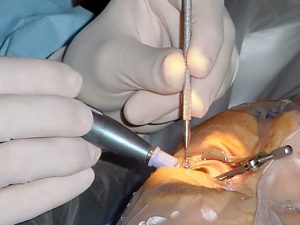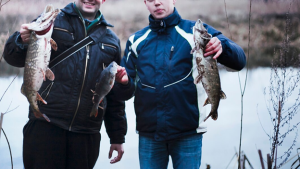How to Recover from an ACL Injury
We have all seen one of our favorite professional athletes rupture their anterior cruciate ligament (ACL). It is a grueling sight, as the star athlete is in for an extended absence and long rehab.
However, many more people tear their ACL than you realize. In fact, the U.S. Center for Disease Control (CDC) reports approximately 250,000 ACL injuries per year. The annual health care cost for repairing and rehabbing ACL injuries exceeds $2 billion.
Read on to learn how to recover from an ACL injury. Explore the symptoms of a torn ACL and more information on recovery.
What Is the ACL?
The ACL is found within the knee joint. Along with the posterior cruciate ligament (PCL), it connects the femur and tibia.
The ACL and PCL actually form an “X” inside the knee joint. The body’s design is intended to stabilize and strengthen the knee. In particular, the objective of the ligament’s placement is to absorb forward and backward forces to the knee.
What Are the Signs of a Torn ACL?
Knee injuries do not require contact to take place. Some knee injuries occur when you are running, changing direction, or stopping.
One sign of an injury is when you hear a popping sound. You may experience the knee giving out and losing all range of motion.
This is not a painless injury. Rapid swelling is typical and the injury is often accompanied by extreme pain.
What Is the ACL Repair Process?
Surgery is not always the recommended course of action. In certain instances, the patient only needs to rest and ice the injury. Compression and elevation are two other responses to an ACL sprain.
In more severe cases, ACL surgery is necessary. The surgeon’s first objective is to remove the torn ligament.
Next, the tissue needs to be replaced. In order to be strong enough for the knee, the replacement tissue needs to come from a muscle to bone connection. In most cases, the surgeon takes the graft tendon from another area of your knee or even a deceased patient.
ACL repair is an outpatient surgery. Unless there is a complication, you will not need to stay overnight.
What Is Next?
Severe ACL injuries require a long recovery process. You will need ACL rehab to restore the knee to its prior strength and performance levels.
This is especially true for athletes. ACL recovery is long and requires dedication. You may not be able to play your sport competitively for more than a year.
There are several factors that dictate the recovery time. Not all sports are the same, and some put more burden on the knees than others. Also, each person heals at a different pace.
Your Guide to an ACL Injury
No one wants an ACL tear as their medical diagnosis. The implications of this type of injury are surgery and a long recovery.
You may not be able to compete at the same level as before the injury. However, doctors will do their best to restore your knees to the way they were before.
If you enjoyed this article about what to expect with an ACL injury, check out our blog for more great content.








